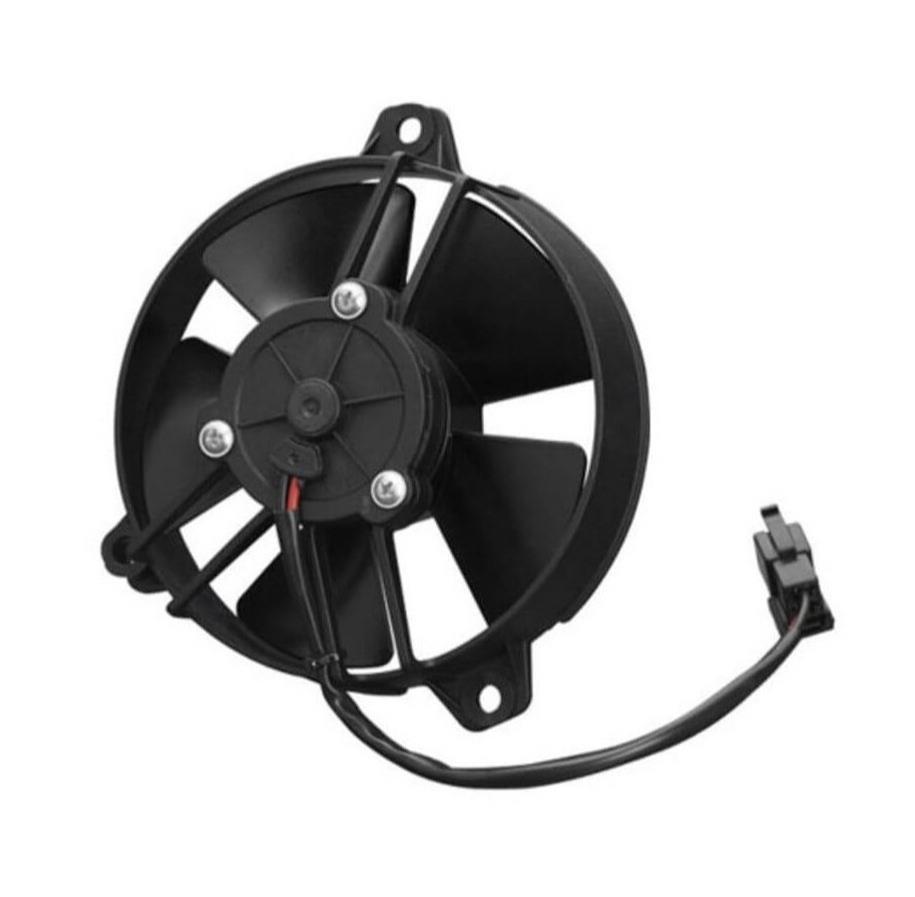I have a hayden 3710 16" fan i want to use to improve my cooling system.
I was thinking i would trim the stock fan shroud and replace the stock 12" fan and then boom: airflow is improved by 4 inches. What worries me is the specs of the 3710 say 1500cfm. A guide i found said a v6 needs 2000cfm. Has anyone had any luck switching to larger fans like this?
So maybe i will strap the 3710 on the front of the radiator as a push. But now i am worried it may pull too much amps and blow my fan system. I can buy or wire a relay harness but is it really necessary? The 3710 is rated 20.40amps, but i do not know how to trace back the fan system for capacity or the existing fan specs.
I live in a tropical climate and need real ultimate cooling.
I was thinking i would trim the stock fan shroud and replace the stock 12" fan and then boom: airflow is improved by 4 inches. What worries me is the specs of the 3710 say 1500cfm. A guide i found said a v6 needs 2000cfm. Has anyone had any luck switching to larger fans like this?
So maybe i will strap the 3710 on the front of the radiator as a push. But now i am worried it may pull too much amps and blow my fan system. I can buy or wire a relay harness but is it really necessary? The 3710 is rated 20.40amps, but i do not know how to trace back the fan system for capacity or the existing fan specs.
I live in a tropical climate and need real ultimate cooling.

